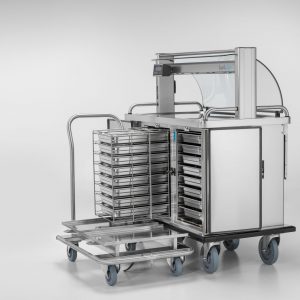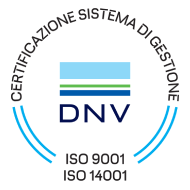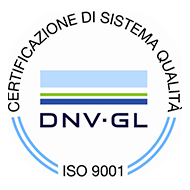As the saying goes, ‘In theory, there’s no difference between theory and practice.’ Anyone in the healthcare food service can relate to that notion, especially when it comes adopting new measures around diet standards and nutrition.
It’s a great point of departure to continue our series about Dysphagia and the efforts of the International Dysphagia Diet Standards Initiative (IDDSI) being rolled out in nations around the world. While I’ve written a couple of other articles leading up to this, now we stand at the most critical juncture in the process of adopting these measures. Namely, implementation – where theory becomes practice.
Naturally, this is the most challenging stage. As I’ve said before, establishing the measures and communicating them to food service operations on a global scale is a titanic effort on its own. Encouraging operations to adopt IDDSI framework and terminology as part of their everyday service is an entirely different level. It calls for operational changes but perhaps more challenging is that it calls for a change in perspective among managers and staff alike. Not easy.
The Number One Reason
So why is it important to take these steps? Standardized terminology, description and testing methods improve patient safety. At the heart of it, improved communications with standardized terminology also provides the prospects of improved patient nutrition.
Clinicians no longer have to be overly conservative with diet prescriptions because they are unsure of what food service might ‘allow’ or include on patient trays. Notably, items that might present choking or aspiration risks.
This ultimately provides for greater options and patient choices, and should always be a priority. And not just for in-house food service. Food suppliers are a key partner in seeing that IDDSI measures gain traction. They have to be just as invested as everyone else.
Peter Lam, Co-Chair of the IDDSI, is encouraged by what he sees so far.
“We are very thankful to have many of the major industry partners that produce modified food and drinks for dysphagia as sponsors and supporting the implementation of IDDSI,” he explains. “They, like the rest of us, are looking at their products and determining how to test or reformulate their products. Many have already done so.”
As mentioned before, the IDDSI has never insisted on mandating the measures around implementation. They want this process to be as natural as possible – for partners to adopt the standards and migrate to the new terminology because they wish to commit to improvements in patient safety and quality of life.
Start With a Workable Structure
The organization promotes a simple and easy to understand framework to help build momentum among operations. Effectively, this comes down to Awareness, Preparedness and Adoption. That is, build awareness and strengthen communications about the IDDSI framework for all those affected. Assess processes, train staff and stakeholders, and approve product and material changes. And then enact the implementation and integration. Monitor every stage to ensure any issues are addressed, answers provided, and trouble spots identified.
As for the service level, the IDDSI understands that the success of implementation will largely be a reflection of the education they provide. That’s why the organization has strongly invested in providing resources to help guide implementation. These include Audit Sheets, IDDSI Test Reference Cards, Posters, Implementation Guides and more that can be downloaded and put to immediate use. I’d encourage you to check out their site where you’ll find the full range of materials at https://iddsi.org/implementation/ and the IDDSI YouTube Channel where you will find many videos on IDDSI testing procedures and educational webinars.
Don’t Be Overwhelmed
Lam wants to make clear that making the switch isn’t as challenging as some perceive it to be.
“A lot of people think it is a difficult journey and it can become overwhelming to try to embark on this journey alone,” he says. “We want encourage the world to consider taking baby steps and make IDDSI friends if they’re feeling that way.
“It’s not a big change. We’re asking people to be more mindful of what they’re putting on the plate and what’s in the glass. Start by understanding that and consider how food or drink behaves after they are served and when there’s a change in temperature.”
Peter cites mashed potatoes as a prime example of what he means. Freshly prepared, warm mashed potatoes have a noticeably different texture than mashed potatoes that have cooled, for example.
Change Takes Time
There’s no overstating that every organization approaches change with a different mindset. As Burlodge has been a strong supporter of this initiative since 2016, we’re certainly interested the steps our clients are taking to ease the transition.
As a final word, Peter suggests, “Think of someone’s loved one, child, parent, grandparent. Wouldn’t you like to prepare and serve the ideal food for them to be best nourished?”
That’s a simple solution that anyone can immediately put into practice.


















